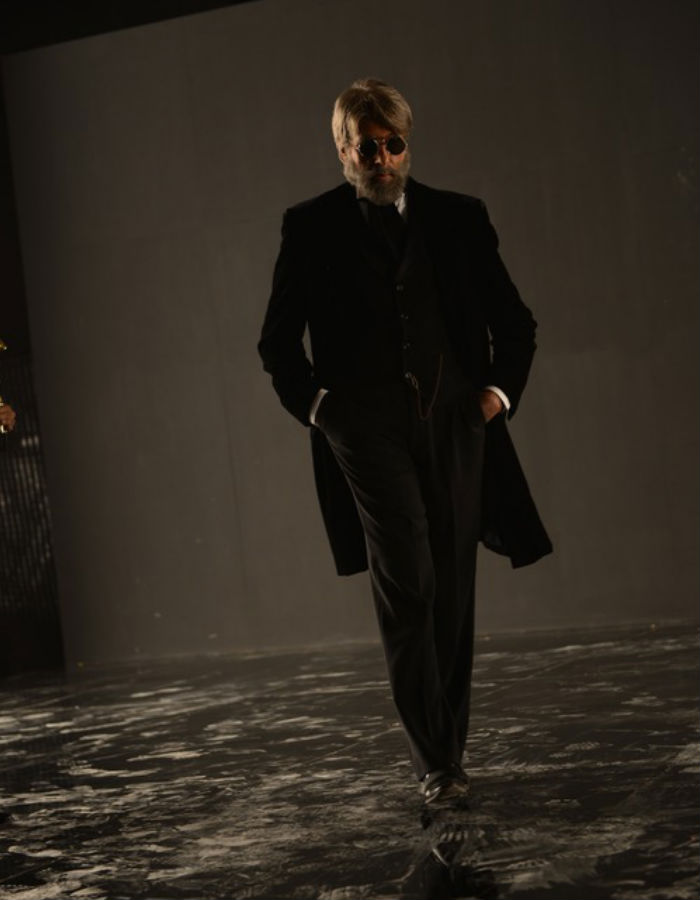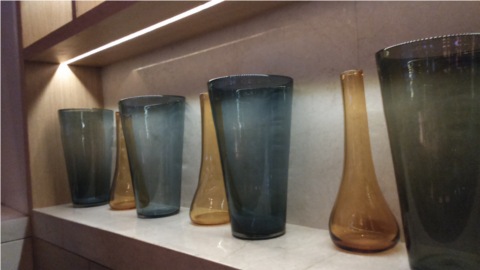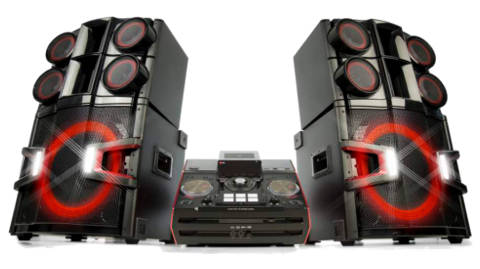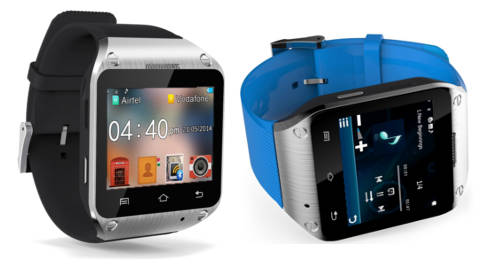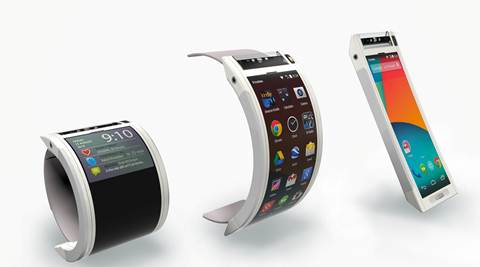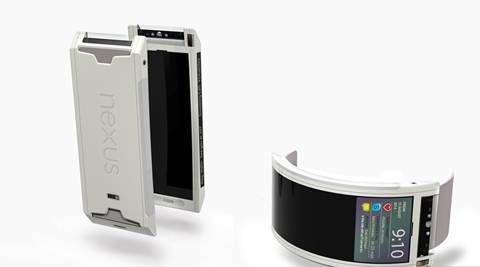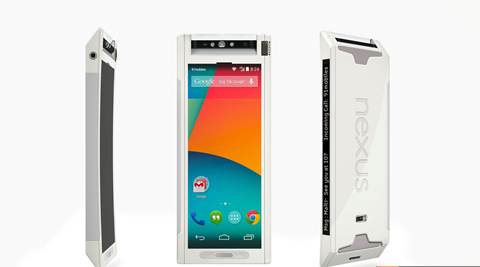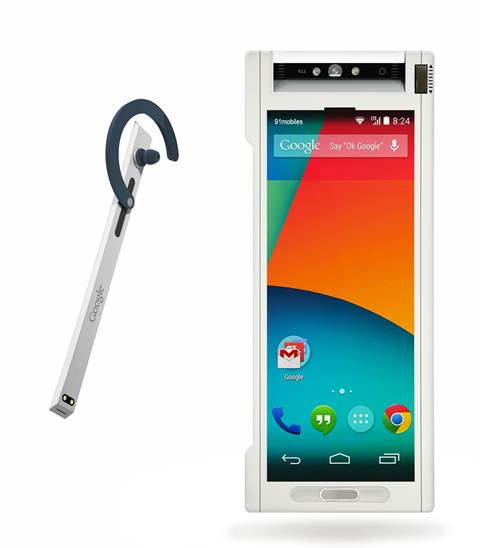10 best mobile phones in the world today
10: HTC one mini 2
Before you get confused, no, that's not the HTC One M8, despite how it looks. It's a bit smaller. But no, it's not the HTC One M8 mini either, despite the way it looks.
This is the HTC One Mini 2 that, for all intents and purposes, is the HTC One M8 Mini. But as it doesn't have the Duo Camera, HTC has decided that it should be seen as the direct successor to the HTC One Mini instead. Caught up? Good.
The main wins here are design and price. It's obviously lower cost than its bigger brother, but the curved metal chassis of the One Mini 2 looks and feels wonderfully premium and the clever engineering of the plastic frame makes it easy to miss.
The inclusion of a microSD slot is another big plus point over last year's offering, making the One Mini 2 a far stronger media machine.
9: iPhone 5s
Never has a company polarised opinion in the smartphone world like Apple - and with the iPhone 5S, so many are quick to decry it while others know it to be the smartphone they've been waiting for.
And let's make no bones about it: this is a stunning phone, with a gorgeous two-tone finish, a high-res screen with good colour reproduction, a 64-bit chip and that all-powerful TouchID sensor that lets you unlock your phone with a simple fingerprint.
The iOS 7 update is one that we sorely, sorely needed and does bring a lot more power and control - as shown by the impressive and pervasive Control Center.
We really like TouchID, the 64-bit processor might be a little useless now but definitely brings a touch more zip to things, and the M7 chip gives developers something to play with in terms of fitness, with the likes of FitBit taking advantage already.
You'd have to be desperate to buy one right now though, as the iPhone 6is so nearly here that it would be a much better idea to wait and see if you want the new one, or if not, hang on until the cost of the iPhone 5S drops
8. Sony Xperia Z1 Compact
Hey Sony...what's this? A phone without a 1080p screen? A smaller battery? Are you MAD?
Wait, we get it. This is the mildly-nonplussing Xperia Z1 shoved into a smaller frame, with almost nothing compromised (the above two points aside).
With a 4.3-inch screen it's one of the most easy to use devices in the hand, coming in next to the iPhone 5S, but it does it with a much lower cost and a great battery life to boot.
On top of that it's waterproof and has expandable memory, plus a superb screen. It's been usurped in some ways by the Xperia Z2 insofar that if you want that Bravia-powered IPS screen, the G Lens camera or just general access to Sony's tight band of media apps, this is no longer the best Sony phone on the market and has dropped a few places as a result.
However, if you're more about size then this is still the best of the mid-range players... check it out if you want to save a bit of cash over the bigger brother flagship too.
7. Nokia Lumia 930
Hey Nokia, good to see you back in the top 10. Although we won't see you for much longer (thanks to the Microsoft buyout) it's great that the Lumia line is still pushing the power of Windows Phone.
The Lumia 930 does lack compared to the competition, but only in a couple of areas. Windows Phone is still a sub-par operating system for most people, thanks to the poorer apps and lower amount of control. But then again, for a lot of people the improved Office functionality and simple interface is a boon.
The Lumia 930 is a strong phone in both design and power, although a little last-gen on the latter element, and coupled with a very capable camera, is a phone that's easy to recommend to those looking for something different.
6. Google Nexus 5
So we've updated our review with the new phone software, and thankfully things are a lot better now. The battery is improved, the camera a little more stable, and the low cost is still in place.
You already know we like Android 4.4, the clever implementation and the £299 price tag. We love the high power CPU, the quality screen; even the rubberised outer shell.
You can get the LG G2 for around the same price now though, and that offers a far superior camera, better battery life and a huge slew of extra features - it really depends if you're a fan of the stripped-down experience
5. Samsung Galaxy S5
2014 is turning out to be a stellar year for the prospective smartphone user, as the HTC One (M8) was joined by the Samsung Galaxy S5 in our 'best smartphone' list, and with the Xperia Z2, LG G3 and more entering the fray things just keep getting better.
There was a lot of hype around the new Galaxy, and rightly so: it's by far the best phone Samsung has ever produced, with a blazing fast core, a strong result in the benchmarks and a larger 5.1-inch screen.
Then there's the fact that with the Qualcomm Snapdragon 801 CPU theGalaxy S5 is one of the best phones on the market when it comes to battery life, besting the already impressive One M8 in the power stakes.
Samsung has also dropped the 'innovation' of the air gestures from last year (well, they are in there but not the main focus) and improved the hardware with a better camera, fingerprint scanner and heart rate monitor too.
The last addition is pretty pointless... but hey, it's fun for down the pub.
4. OnePlus One
You've probably never heard of OnePlus... but if you have, you'll know why this unknown brand is suddenly sitting at number four of our list of best smartphones in the world.
The reason is simple: it's a phone that has all the power, specs and functionality of the top dogs, adds in super-customisable software and does it at nearly half the price. We're talking big savings on cost (£229 for the 16GB version and £269 for the 64GB variant) without much in the way of compromise.
In fact, the only things it's really missing are a microSD slot and removable battery, and those are elements more for the purists that absolutely necessary.
If we're being super picky, it's not got the greatest camera set up and the design is a bit... efficient, but at this price point it really doesn't matter. And given the target audience is those that care about raw power over style, it makes sense that this is where the costs could be saved.
3. Sony Xperia Z2
Sony has something of a slump last year, following up the impressiveXperia Z with the lacklustre Xperia Z1 just a few months later.
The camera, which was supposed to be the headline feature, didn't impress as much as we'd hoped, and the screen was still lacking the IPS clout that the Xperia Z Ultra managed - meaning muted colours and poor viewing angles.
Anyway, enough about last year - Sony's back in 2014 and comes with an excellent phone in the shape of the Xperia Z2. Tipped to be the third of the stellar smartphone triumverate, alongside the Samsung Galaxy S5 and HTC One (M8) we were intrigued to see how it shaped up.
And the good news is it's impressive. Really impressive. The industrial design is a little chunky but oozes premium quality in a way that Samsung's plastic shell doesn't, and it's a little more robust than its Galactical rival thanks to being IP58 rated.
Great battery life, strong power and a good camera all are present and correct with most phones in this list, but Sony stays in the top three simply by being a great all-rounder.
It doesn't have the polish of the HTC One M8, nor the more functional UI, but it does what's asked with top-end specs. That's what we like.
2. LG G3
The LG G3 needed to be good, as it was based on the hard work of the G2, which was a strong, well-made phone that didn't cost a huge amount of money.
So what does LG do with the G3? Goes and sticks the world's sharpest display on there. It's a QHD screen, which means it's got four times the pixels of some phones on this list, and it also comes with a number of other enhancements too.
Laser-based auto-focus? Check. Improved design? Check. Overhauled and simplified UI? Double check. It's going to be a little bit too big for some hands, as it's packing in a 5.5-inch screen, so we're verging on phablet territory.
But don't let that take away from a terrific phone, one that has a sleek, refined air about it and adds in fan favourite features like a removable battery and memory card slot, where both were missing on the predecessor.
1. HTC One M8
What to say about the HTC One M8? They often say the second album is the hardest, but the follow up to the all-conquering HTC One takes the best of that phone and yet still re-invents things enough to make it a massive recommendation over the old model.
We love the speed of the camera, the Duo Camera is smart as a tack, the Boomsound upgrade is impressive and the design... well, you have to hold it.
The Snapdragon 801 processor has boosted battery dramatically compared to the 600 of last year, and that means that photos also process much more quickly as well - even the front-facing camera is much better.
Gaming, movies, photography, browsing all work really well, and in a phone that that's easily going to destroy whatever anyone else can design. LG ran it close with the G3, and unless Apple has got some dark sorcery up its sleeves when the iPhone 6 appears later in the year, HTC has got 2014 sewn up.



























